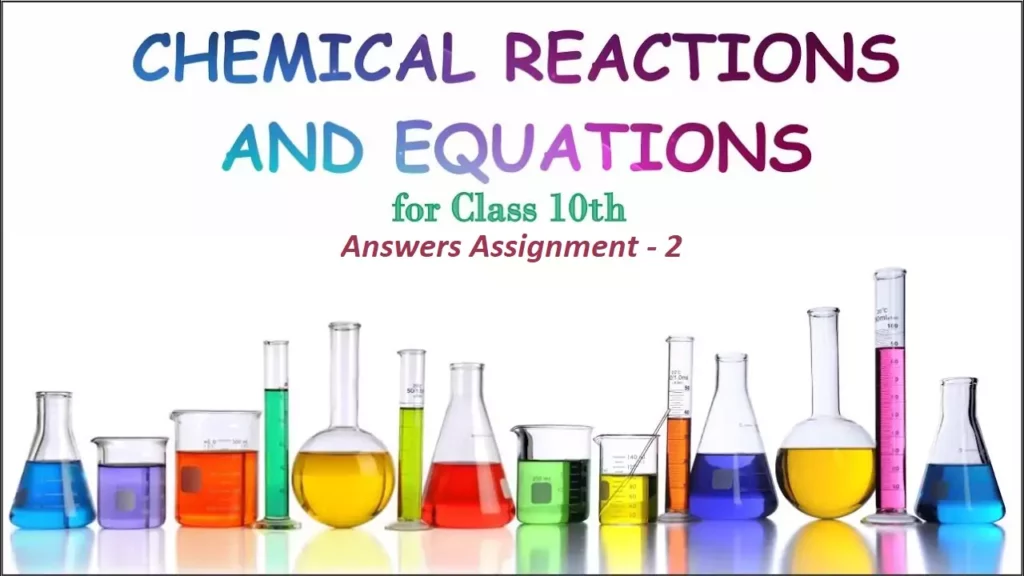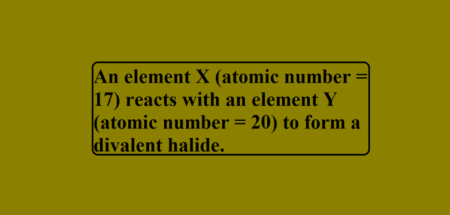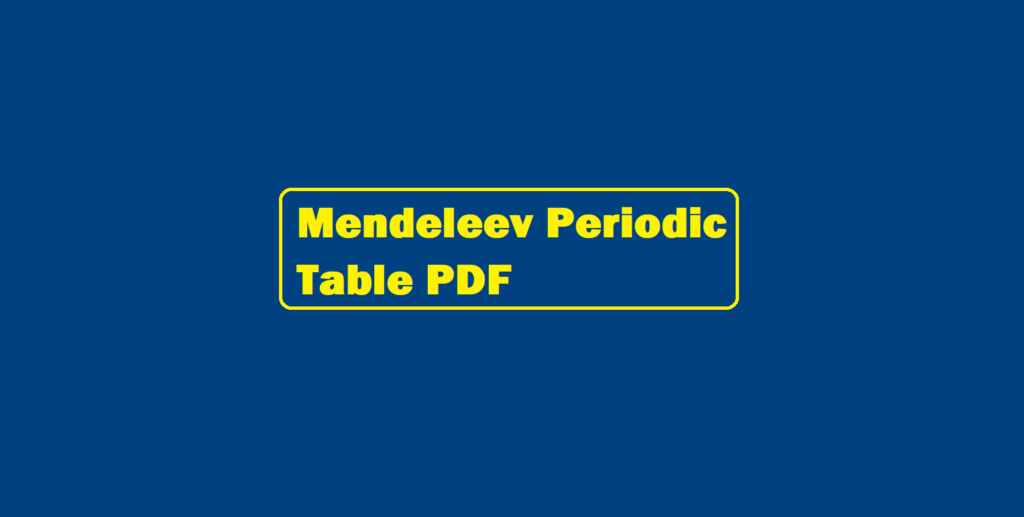Answers to assignment Chemical Reactions and Equations
This Post involves the Answers to the assignment Chemical Reactions and Equations i.e assignment No. 2 in order to get the assignment click at the link given at end of the post.
Ans 16. Magnesium ribbon is cleaned before burning to remove the protective layer of basic magnesium carbonate from the surface of the magnesium ribbon.
Ans 17. Balance chemical reaction with state symbols are as follows-
BaCl2(aq) + Na2SO4(aq) → BaSO4 (s) + 2NaCl (aq)
NaOH (aq) + HCl (aq) → NaCl (aq) + H2O
Ans 18. (i). The substance whose solution is water is used for whitewashing is calcium oxide. Its formula is CaO.
(ii). CaO (s) + H2O → Ca(OH)2 (s)
Ans 19. The reaction involved is:
Cu (s) + 2 AgNO3 (aq) → Cu(NO3)2 (aq) + 2 Ag (s)
Ans 20. A chemical reaction in which an insoluble substance (precipitate) is formed is called a precipitation reaction. For example
AgNO3 + NaCl → AgCl + NaNO3
Ans 21. The brown coloured element ‘X‘ is copper. On heating in air, it forms copper oxide, which is black in colour.
2CuS + O2 → 2CuO
Ans 22. We apply paint on iron articles to prevent rusting. Iron articles do not come in contact of atmospheric oxygen and moisture and thus the rusting is prevented.
Ans 23. Oil and fat-containing items get rancid due to oxidation with atmospheric oxygen. To prevent rancidity food items are flushed with nitrogen. Nitrogen does not react with the oil and fat-containing items.
Ans 24. BaCl2 (aq) + Na2SO4 (aq) → BaSO4 (s) + 2 NaCl (aq)
Barium Sulphate
White Precipitate
NaOH (aq) + HCl (aq) → NaCl (aq) + H2O (l)
Ans 25. (a) 2 HNO3 + Ca(OH)2 → Ca(NO3)2 + 2 H2O
(b) 2 NaOH + H2SO4 → Na2SO4 + 2 H2O
(c) NaCl + AgNO3 → AgCl + NaNO3
(d) BaCl2 + H2SO4 → BaSO4 + 2 HCl
To get Assignment Click the Link Given Below
2nd -Assignment Chemical Reactions and Equations | Class 10th
Ans 26. The colour of the magnesium is silvery-white. And after Burning in the presence of Oxygen the colour changes to white (MgO → Magnesium oxide).
Ans 27. The important reasons are:
- Because, If the Concentration of the Acid will be higher then it will be a More Exothermic Reaction and if the activity will not be completed in the presence of the right Mentor then it can be very harmful.
- To prevent the danger. Because you all know how Acids are harmful If the concentration will be higher it can Even burn the skin. And to prevent Danger, we use highly dilute Acid.
Ans 28. SO2 and SO3 are colourless gases that are colourless and pungent smell. These gases are harmful to health.
Ans 29. As you know now, AgCl is a photolytic Decomposing material that’s why when we kept AgCl in a black colour bottle to protect it from Sunlight.
Ans 30. 2 AgBr(s) + Sunlight → 2 Ag(s) + Br2(g)
Ans 31. 2 AgBr(s) + Sunlight → 2 Ag(s) + Br2(g), This reaction is also Similar to the Above one(2 AgCl → 2 Ag + Cl2). And this Reaction is used for the Black and white Photography.
Ans 32. In this reaction, the Iron nail becomes brownish in colour and the blue colour of copper sulphate solution fade Because Iron displaces Cu (Copper) from its Position (CuSO4) Copper Sulphate. Because Iron is more reactive than Copper and it easily displaces Cu (Copper) from Copper Sulphate (CuSO4).
And that’s why the colour of CuSO4 solution changes from Blue colour to fade and finally the solution of Copper sulphate is converted into Iron Sulphate (FeSO4).
Fe (s) + CuSO4 (aq) → FeSO4 (aq) + Cu (s)
Ans 33. NH4Cl, NH4NO3, Cl2, HCl(dil), Fe, Pb(NO3)2, MnO2, AgNO3, NaNO3, NaNO2, CaCO3, Ca(OH)2, H2SO4, HNO3, CuSO4, CaSO4.
Ans 34. Strong, Weak
Ans 35. (ii) Presence of catalyst
2nd -Assignment Chemical Reactions and Equations | Class 10th


